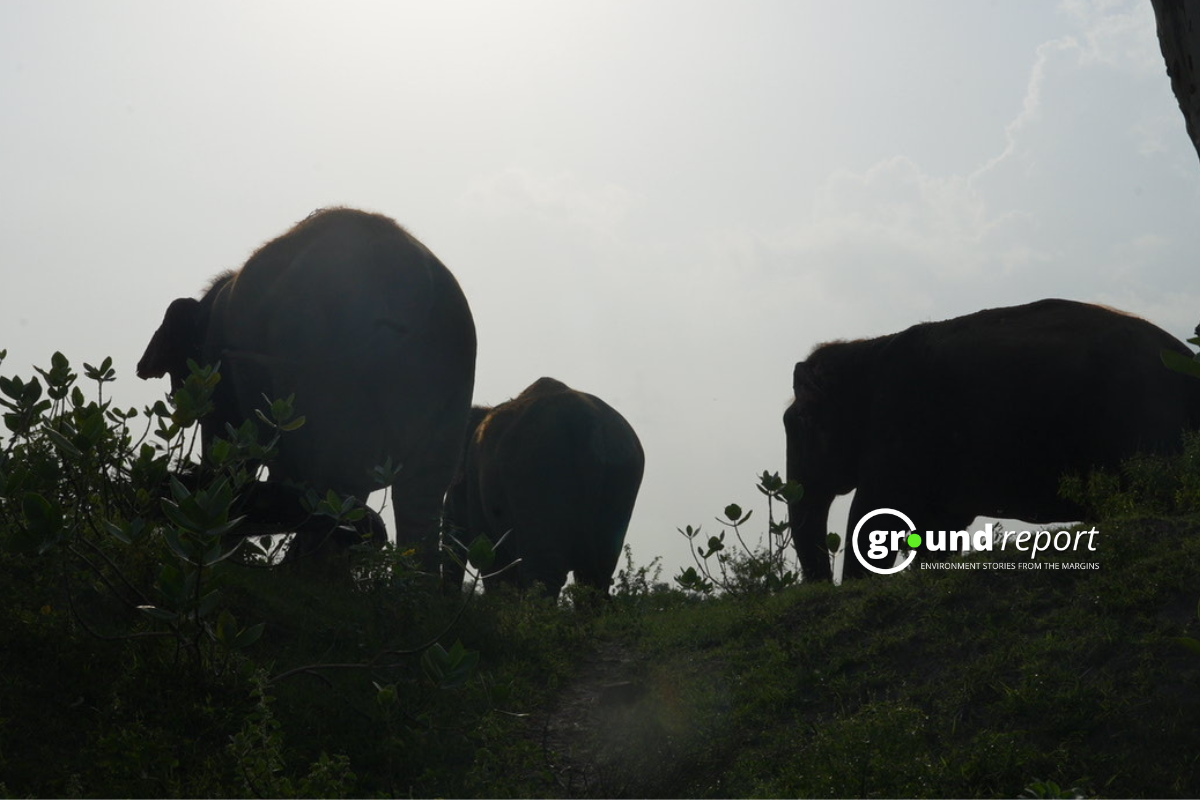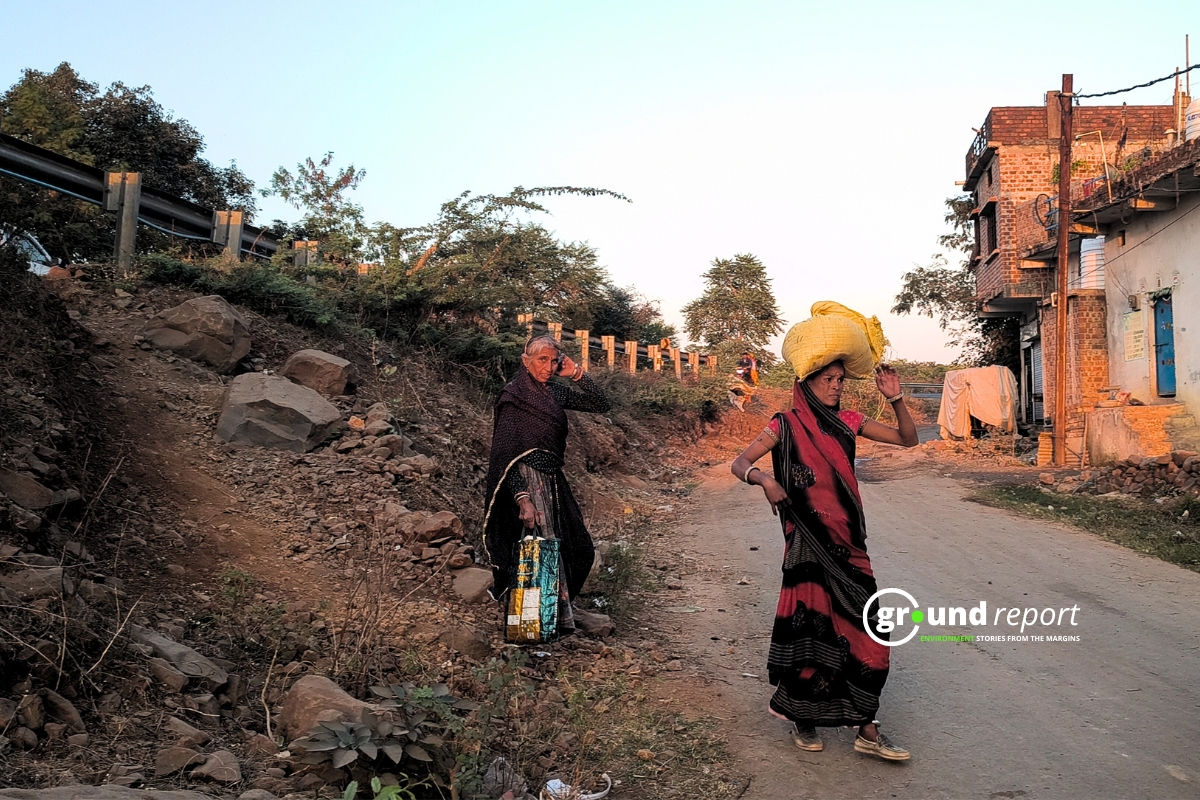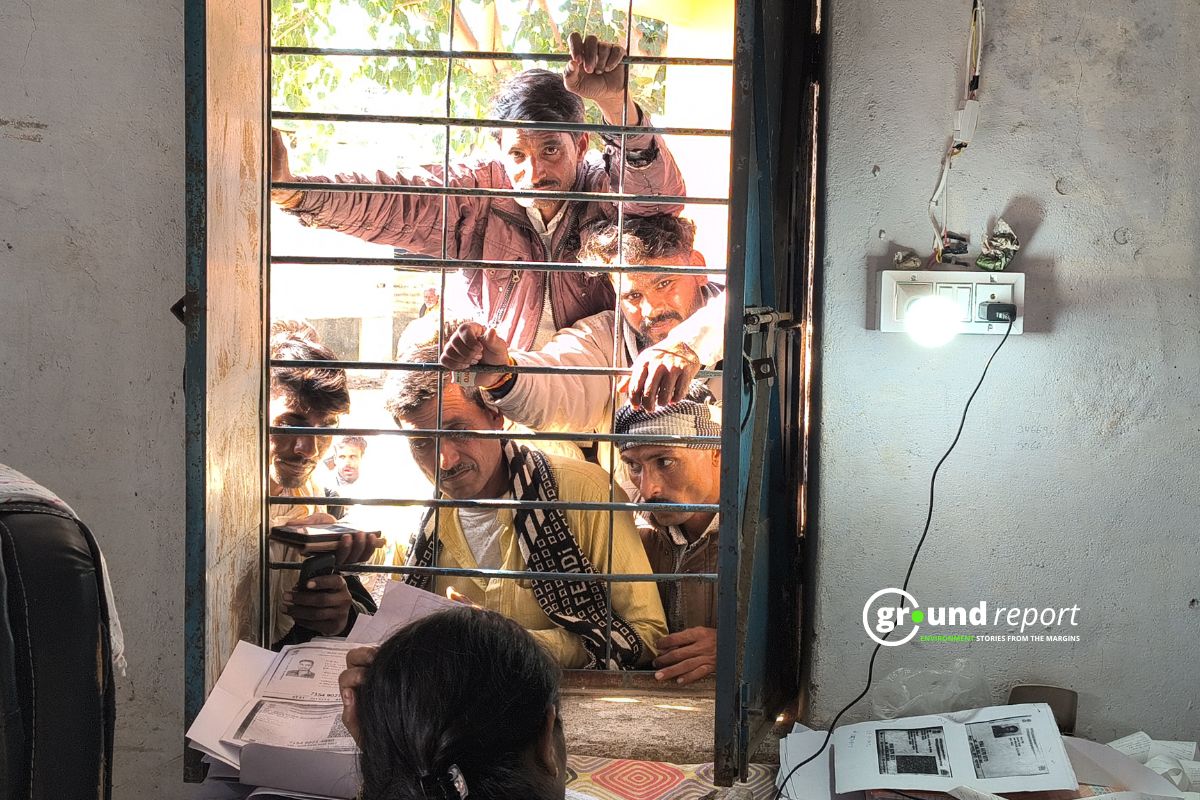Bhopal’s Van Vihar National Park now has a 100-meter eco-sensitive zone (ESZ) around it. Any new construction or events in this area will need approval from the forest department, local administration, and other authorities, as per the order issued by the Forest Department and Revenue Department of Bhopal district.
A team of seven Revenue Department officials will start marking the ESZ boundaries on-site Monday. Signboards will be installed, and maps will be updated to define the restricted area. Van Vihar’s boundary is near the National Museum of Man, ADG Telecom Office, a government primary school, and private hotels. Officials have informed property owners near these areas must be present during the demarcation. The ESZ touches villages like Prempura, Dharampuri, and Amkheda, and local residents must participate in the marking process on March 17.
The eco-sensitive zone was first proposed in September 2024, but progress was slow. Chief Secretary Anurag Jain directed officials in January 2025 to speed up the process. Once the demarcation is complete, a detailed report will be sent to the Central Government with updated maps.
Events in nearby hotels, institutions, and residential areas often cause noise pollution due to loudspeakers and music systems. Illegal constructions disturb wildlife. The ESZ aims to regulate these activities and minimise disruption to the park’s ecosystem.
SDM Archana Sharma said officials will measure, mark, and integrate the ESZ boundaries into official maps to ensure long-term conservation of the forest environment.
Eco-sensitive zones in Madhya Pradesh
Madhya Pradesh has several ESZs around its national parks and wildlife sanctuaries. The state has:
-
12 national parks, including Kanha, Bandhavgarh, and Panna.
-
22 wildlife sanctuaries, like Nauradehi and National Chambal.
-
Three biosphere reserves: Pachmarhi, Achanakmar-Amarkantak, and Panna.
Each protected area has an ESZ to regulate human activities and protect biodiversity. Officials recommend checking government notifications for updates.
The National Environment Policy (2006) defines ESZs as high ecological value that needs special protection. The Ministry of Environment, Forest, and Climate Change (MoEFCC) has been designating these zones to prevent environmental damage from human activity.
The concept of ESZs was introduced in 2002 during the XXI Indian Board for Wildlife meeting. It was decided that land within 10 km of national parks and sanctuaries should be considered an eco-fragile zone to protect wildlife corridors and prevent habitat fragmentation.
MP’s eco-sensitive zone master plans
In 2024, the Madhya Pradesh Tourism Board (MPTB) prepared ESZ master plans for all national parks and wildlife sanctuaries in the state. These plans act as buffer zones between protected forests and human settlements, ensuring responsible development.
The state government is drafting plans for Bandhavgarh National Park, Panpatha Wildlife Sanctuary, and Sanjay Dubri Wildlife Sanctuary. The master plans include measures to conserve vegetation and water bodies while ensuring basic facilities for local communities.
The Union Ministry of Environment, Forests, and Climate Change has restricted commercial construction within 1 km of national parks and wildlife sanctuaries. No new resorts or large structures will be permitted. The number of tourists allowed will be controlled to prevent ecosystem overburdening.
The government’s push to establish and enforce ESZs reflects its commitment to environmental conservation. While Van Vihar’s 100-meter zone is controversial, it is a step toward balancing urban development with wildlife protection. For long-term sustainability, officials emphasise strict regulation, community involvement, and continued monitoring of eco-sensitive areas. The success of these efforts will determine Madhya Pradesh’s biodiversity future.
Support us to keep independent environmental journalism alive in India.
Keep Reading
California Fires Live updates: destructive wildfires in history
Hollywood Hills burning video is fake and AI generated
Devastating wildfire in California: wind, dry conditions to blame?
Los Angeles Cracks Under Water Pressure
From tourist paradise to waste wasteland: Sindh River Cry for help
Follow Ground Report on X, Instagram and Facebook for environmental and underreported stories from the margins. Give us feedback on our email id greport2018@gmail.com.
Don’t forget to Subscribe to our weekly newsletter, Join our community on WhatsApp, and Follow our YouTube Channel






